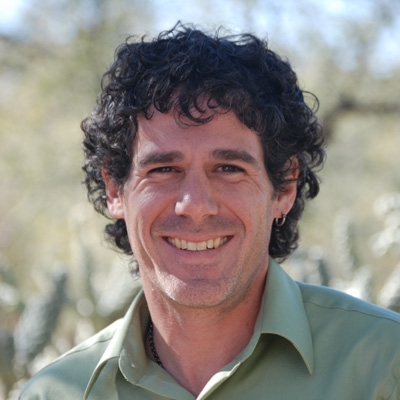
Rafe Sagarin
Rafe Sagarin was an assistant research scientist, marine ecologist, and environmental policy analyst, Institute of the Environment, University of Arizona.

Rafe Sagarin was an assistant research scientist, marine ecologist, and environmental policy analyst, Institute of the Environment, University of Arizona.